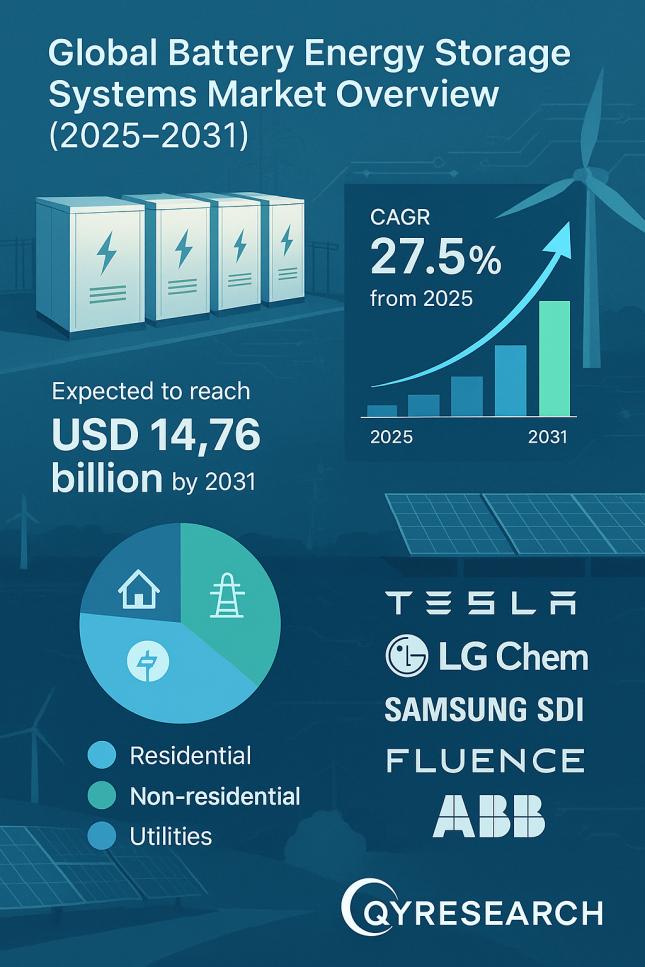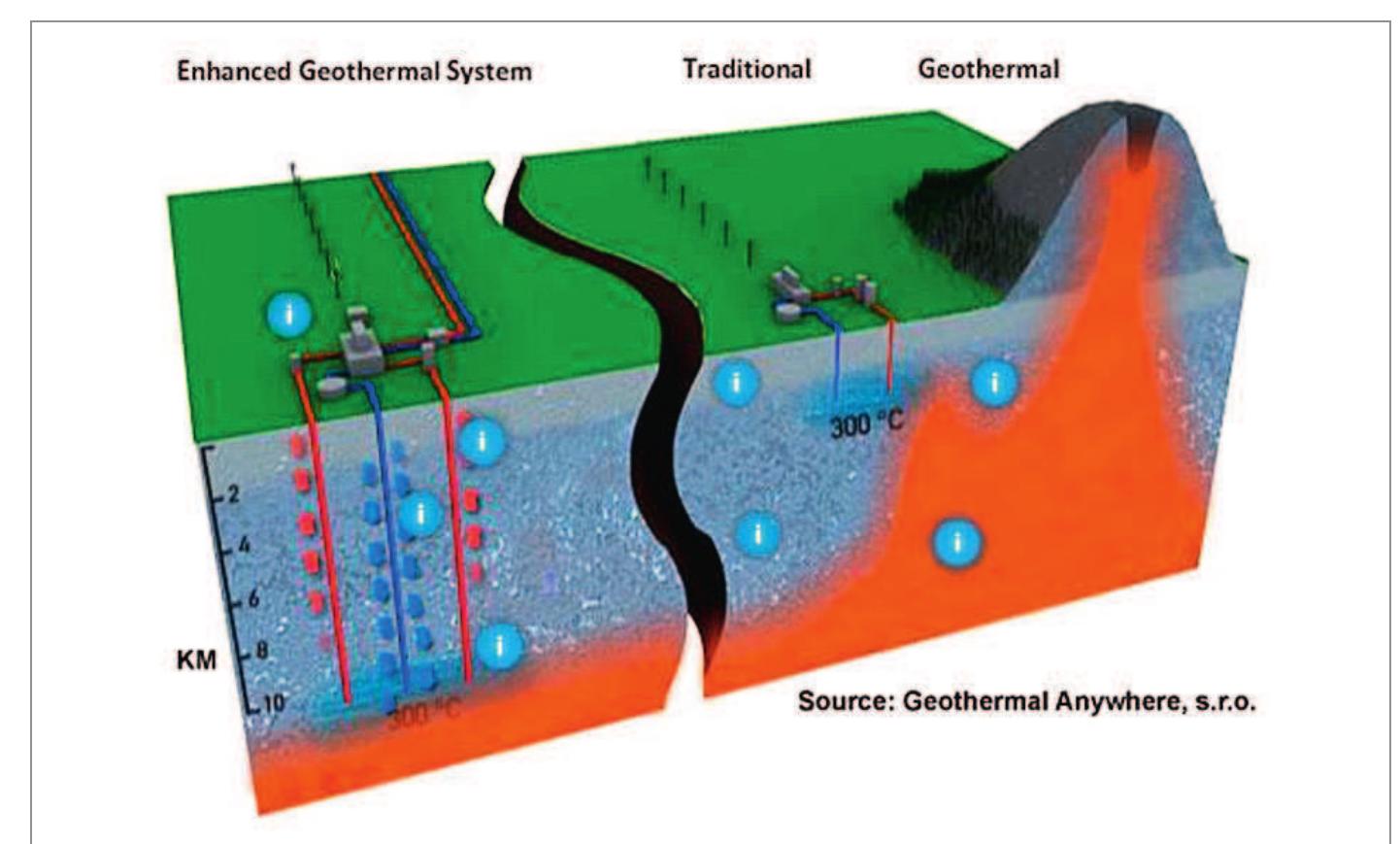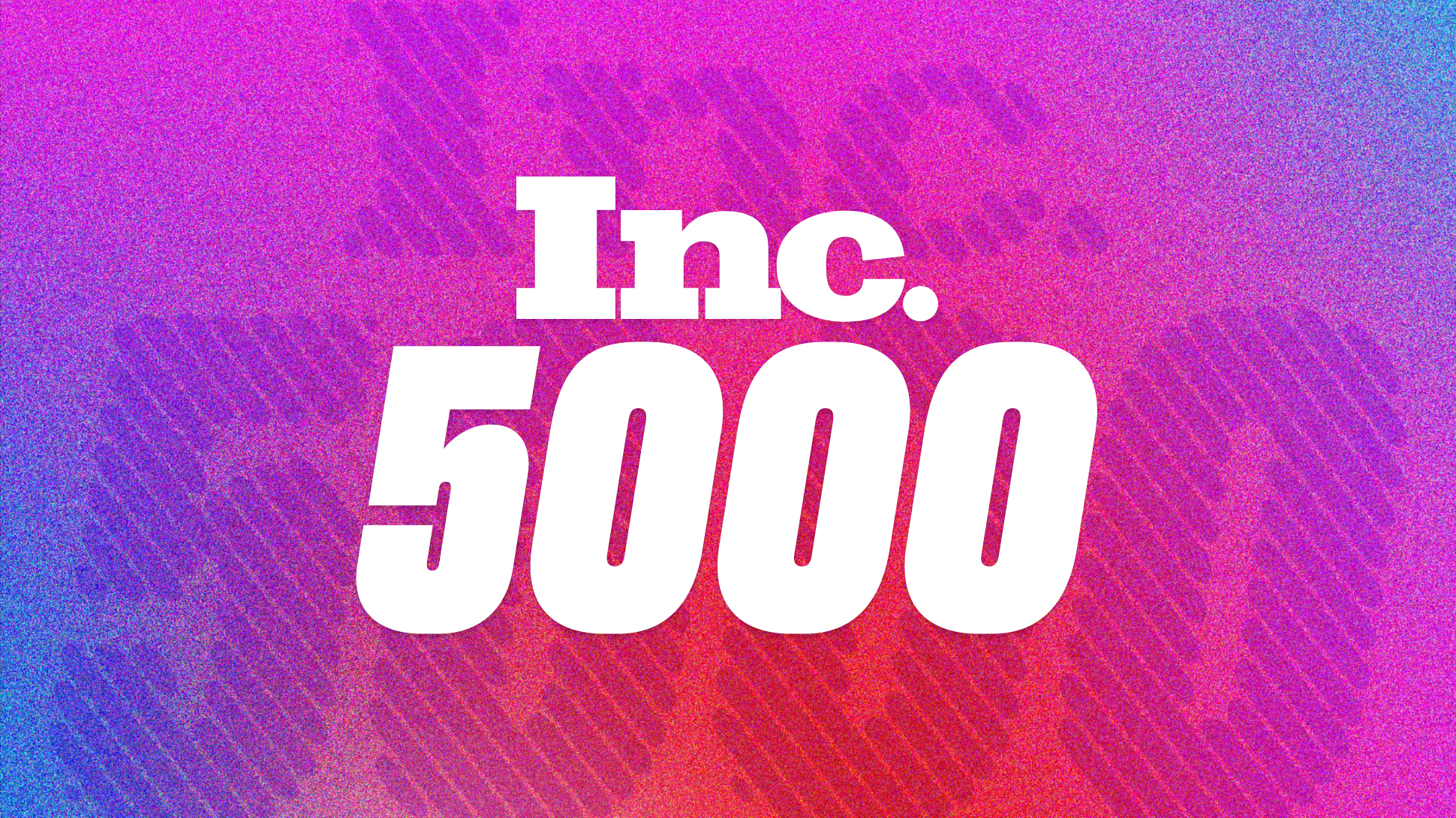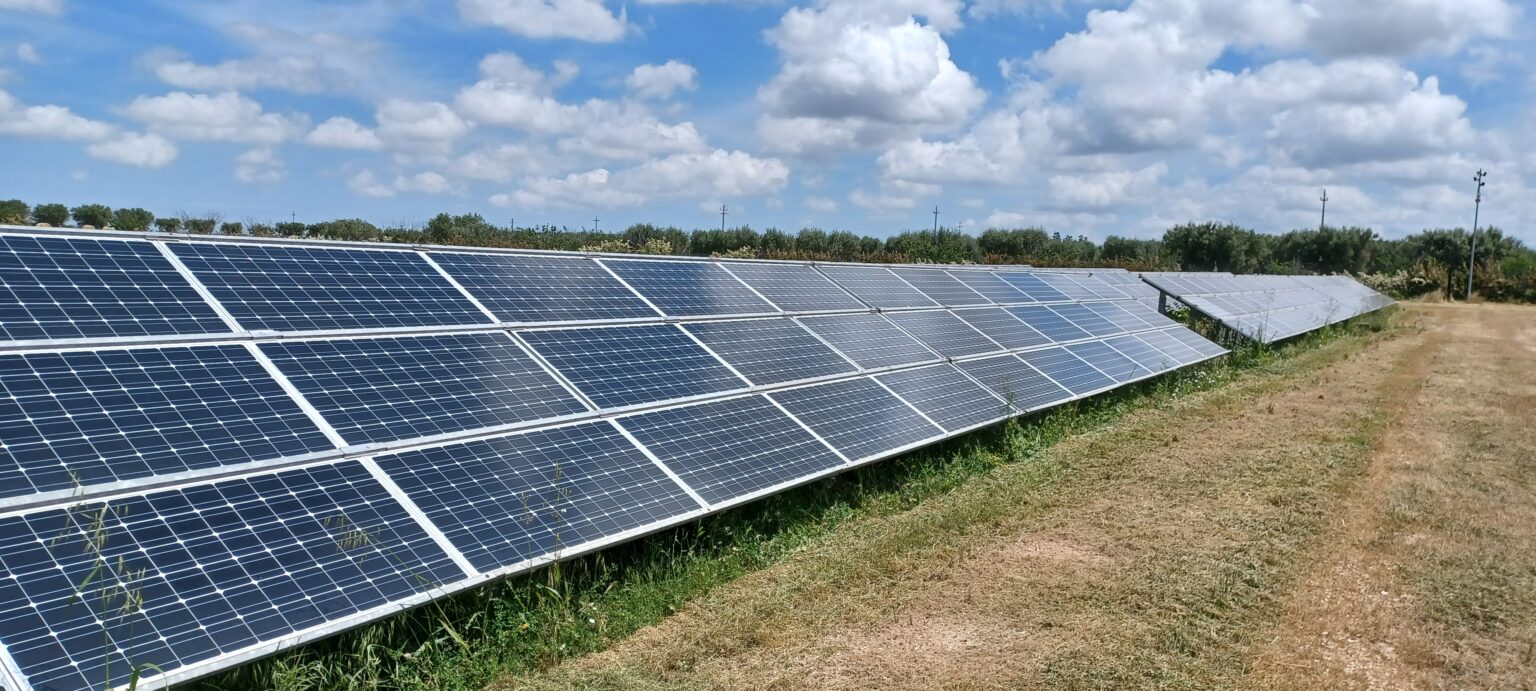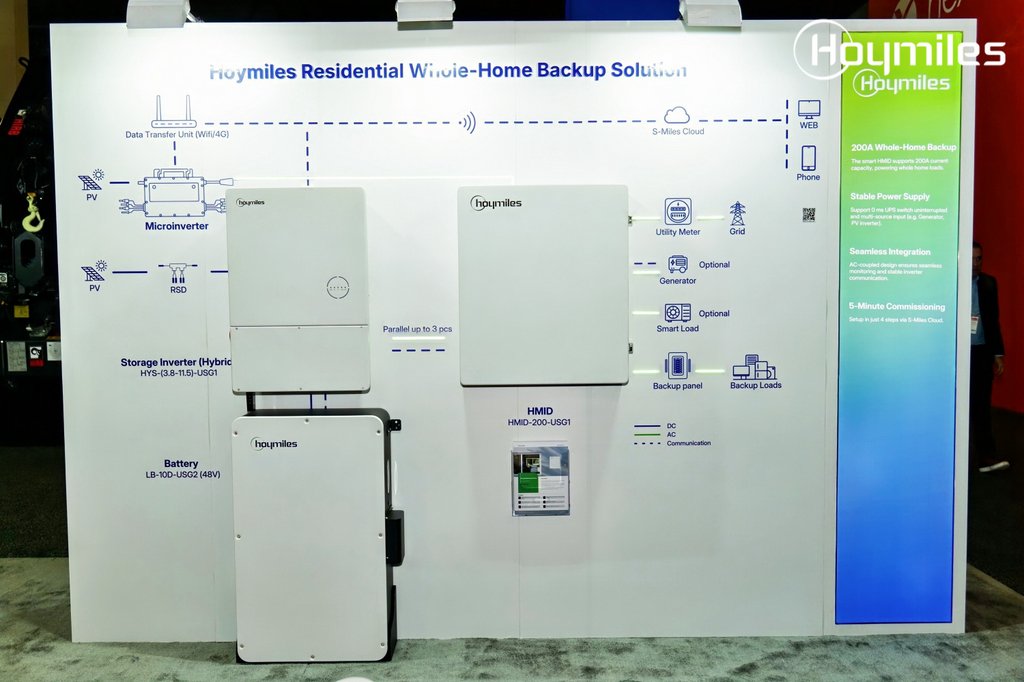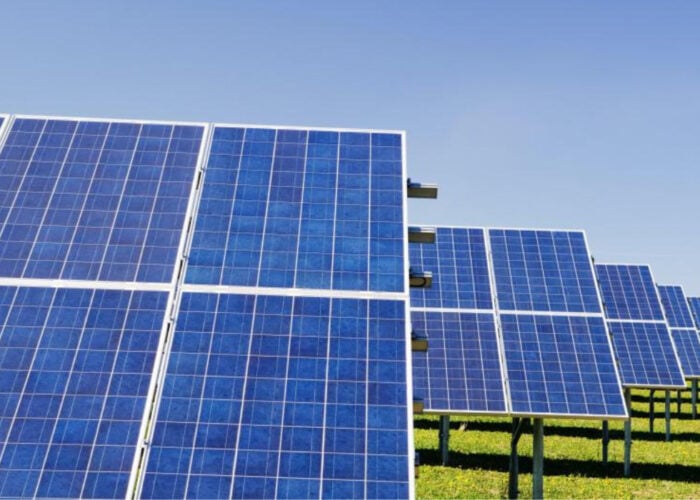Report on Ørsted’s Financial Restructuring and its Implications for Sustainable Development Goals
Executive Summary
- Ørsted, a global leader in offshore wind development, has announced a significant capital increase of DKr60 billion ($9.4 billion) through a rights issue, which prompted a sharp decline in its share value.
- The decision follows material setbacks in the United States, specifically the failure to divest a stake in its Sunrise Wind project, a key component of its funding strategy.
- These financial pressures present considerable obstacles to the progress of SDG 7 (Affordable and Clean Energy) and SDG 13 (Climate Action), as they risk slowing the deployment of critical renewable energy infrastructure.
Impact on Progress Towards SDG 7 (Affordable and Clean Energy)
- Ørsted’s established business model, which relies on selling project stakes to finance its development portfolio, has been severely disrupted. This “farm-down” model is instrumental for accelerating the large-scale infrastructure required to meet the targets of SDG 7.
- The inability to secure investment partners for the Sunrise Wind project underscores the vulnerability of major clean energy initiatives to market volatility and shifting political landscapes.
- As a result, the company has been forced to revise its strategic goals, including a 25% reduction in its investment plan through 2030 and the abandonment of its previous 35-38GW renewable energy installation target, directly curtailing the anticipated growth in global clean energy capacity.
Causal Factors and a Challenging Environment for SDG 13 (Climate Action)
- Increased Political and Market Risk: The primary catalyst for the financial restructuring was cited as adverse policy developments within the US administration. These actions have reportedly heightened the perceived risk among investors and financial institutions, creating unfavorable conditions for financing projects essential for SDG 13.
- Macroeconomic Headwinds: The situation is compounded by persistent macroeconomic challenges, including elevated interest rates and supply chain disruptions originating from the global pandemic, which affect the entire renewable energy sector.
- Erosion of Investor Confidence: The market’s negative reaction, evidenced by a 27% fall in share price following the announcement, signals a decline in investor confidence. Such confidence is paramount for securing the substantial capital required for projects that underpin global climate action strategies.
Strategic Responses and the Role of SDG 17 (Partnerships for the Goals)
- Capital Reinforcement: The DKr60 billion rights issue is a strategic financial measure designed to strengthen Ørsted’s balance sheet, thereby reinforcing its capacity to realize its existing portfolio and pursue future opportunities in offshore wind.
- Public-Private Partnership: In a crucial demonstration of SDG 17 (Partnerships for the Goals), the Danish state, holding a 50.1% majority stake, has committed to supporting the capital increase. This intervention highlights the vital role of government support in stabilizing key corporate actors driving the global energy transition.
- Asset Divestment Strategy: Ørsted is proceeding with plans to raise approximately DKr35 billion through asset sales in 2025-26, including the divestment of its European onshore wind business, as part of a broader strategy to ensure financial self-sufficiency.
SDGs Addressed in the Article
Based on the article about Ørsted’s financial challenges, the following Sustainable Development Goals (SDGs) are addressed or connected to the issues discussed:
- SDG 7: Affordable and Clean Energy
- SDG 13: Climate Action
- SDG 9: Industry, Innovation, and Infrastructure
- SDG 17: Partnerships for the Goals
Specific Targets Identified
The article’s content points to several specific targets under the identified SDGs:
-
SDG 7: Affordable and Clean Energy
- Target 7.2: By 2030, increase substantially the share of renewable energy in the global energy mix.
Explanation: The article is centered on Ørsted, the “world’s largest offshore wind developer.” Its business directly contributes to increasing the share of renewable energy. The text explicitly mentions the company’s challenges and its decision to drop a target “to have 35GW-38GW of renewable energy installed by” 2030, which directly relates to the progress of this target. - Target 7.a: By 2030, enhance international cooperation to facilitate access to clean energy research and technology… and promote investment in energy infrastructure and clean energy technology.
Explanation: The article highlights the critical need for investment in clean energy infrastructure through Ørsted’s plan to raise “DKr60bn ($9.4bn) in a rights issue.” It also shows the fragility of this investment, as “recent material developments in the US” and the administration’s opposition have made it difficult to finance projects like Sunrise Wind, impacting international investment in US-based clean energy infrastructure.
- Target 7.2: By 2030, increase substantially the share of renewable energy in the global energy mix.
-
SDG 13: Climate Action
- Target 13.2: Integrate climate change measures into national policies, strategies and planning.
Explanation: The article demonstrates the direct impact of national policy on climate action. It contrasts the Biden administration, which “championed” the offshore wind industry, with the Trump administration, whose “opposition towards the offshore wind industry” has derailed Ørsted’s business model and increased the “perceived risk” of projects. This shows how changes in national policy can either support or undermine climate goals.
- Target 13.2: Integrate climate change measures into national policies, strategies and planning.
-
SDG 9: Industry, Innovation, and Infrastructure
- Target 9.1: Develop quality, reliable, sustainable and resilient infrastructure… to support economic development and human well-being.
Explanation: Offshore wind farms, such as the “Sunrise Wind project off the New York coast,” are major sustainable infrastructure projects. The article details the financial and political difficulties in developing this infrastructure, which is essential for a transition to clean energy.
- Target 9.1: Develop quality, reliable, sustainable and resilient infrastructure… to support economic development and human well-being.
-
SDG 17: Partnerships for the Goals
- Target 17.17: Encourage and promote effective public, public-private and civil society partnerships.
Explanation: The article describes Ørsted’s business model, which “relies on selling stakes in projects to share the financial burden.” This is a form of private-private partnership. Furthermore, it highlights a key public-private partnership where the “Danish state, Ørsted’s largest shareholder with a 50.1 per cent stake,” has agreed to back the rights issue, demonstrating government support to sustain a key player in the renewable energy sector. The underwriting agreement with “Morgan Stanley” is another example of a financial partnership.
- Target 17.17: Encourage and promote effective public, public-private and civil society partnerships.
Indicators for Measuring Progress
The article mentions or implies several indicators that can be used to measure progress towards the identified targets:
-
For Target 7.2 (Increase renewable energy share):
- Indicator: Installed renewable energy capacity (in Gigawatts).
Explanation: The article explicitly mentions Ørsted’s dropped target “to have 35GW-38GW of renewable energy installed by” 2030. This figure is a direct quantitative indicator of the planned contribution to the global renewable energy supply.
- Indicator: Installed renewable energy capacity (in Gigawatts).
-
For Target 7.a (Promote investment in clean energy):
- Indicator: Amount of capital raised for clean energy projects.
Explanation: The article quantifies the financial resources being mobilized, such as the planned “DKr60bn ($9.4bn) in a rights issue” and the goal to raise “DKr35bn from selling assets in 2025-26.” These figures serve as direct indicators of financial flows towards clean energy infrastructure.
- Indicator: Amount of capital raised for clean energy projects.
-
For Target 13.2 (Integrate climate measures into policy):
- Indicator: Existence and stability of national policies supporting renewable energy.
Explanation: While not a numerical value, the article provides a qualitative indicator by describing the “US administration’s opposition towards the offshore wind industry.” This policy stance is a measurable event that directly impacts the viability of climate-friendly projects, indicating a lack of integration of climate measures into national planning.
- Indicator: Existence and stability of national policies supporting renewable energy.
-
For Target 17.17 (Promote partnerships):
- Indicator: Value and nature of public-private partnerships for sustainable development.
Explanation: The article provides a specific example with a quantifiable value: the Danish government, as a “majority shareholder,” will invest “roughly DKr30.1bn to maintain its current stake.” This investment is a clear indicator of a public-private partnership in action to support a sustainable development goal.
- Indicator: Value and nature of public-private partnerships for sustainable development.
Summary of Findings
| SDGs | Targets | Indicators |
|---|---|---|
| SDG 7: Affordable and Clean Energy | 7.2: Increase substantially the share of renewable energy in the global energy mix.
7.a: Promote investment in energy infrastructure and clean energy technology. |
Installed renewable energy capacity (e.g., the dropped 35GW-38GW target).
Amount of capital raised for clean energy (e.g., the DKr60bn rights issue). |
| SDG 13: Climate Action | 13.2: Integrate climate change measures into national policies, strategies and planning. | Existence and stability of national policies supporting renewables (e.g., “US administration’s opposition”). |
| SDG 9: Industry, Innovation, and Infrastructure | 9.1: Develop quality, reliable, sustainable and resilient infrastructure. | Development status of specific sustainable infrastructure projects (e.g., the “Sunrise Wind project”). |
| SDG 17: Partnerships for the Goals | 17.17: Encourage and promote effective public, public-private and civil society partnerships. | Value of public-private partnerships (e.g., Danish state’s DKr30.1bn investment to maintain its 50.1% stake). |
Source: ft.com


